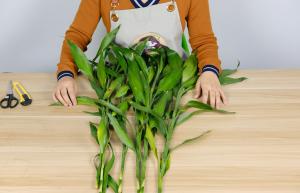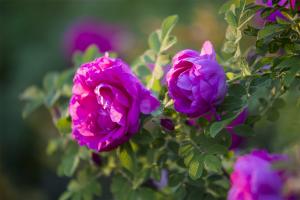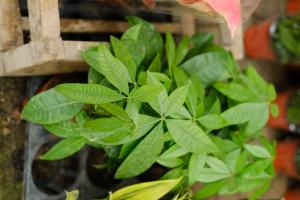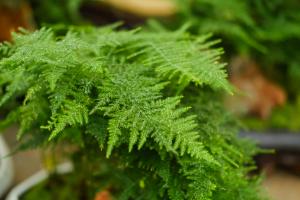How to Determine the Planting Zone of South Carolina
If you live in South Carolina and want to grow a garden, it鈥檚 important to know what plant zone you鈥檙e in. Plant hardiness zones, developed by the United States Department of Agriculture (USDA), are an important tool for gardeners because they help determine which plants will thrive in your area. In this article, we鈥檒l walk you through how to determine the plant zone of South Carolina and what that means for your gardening plans.
What is a Plant Hardiness Zone?
Plant hardiness zones divide the country into 11 zones based on average annual extreme minimum temperatures. These zones offer guidelines for selecting plants based on where you live and the climate conditions that are typically present throughout the year. Using this system, it's easier to choose plants that are hardy enough to survive the cold winter months or hot summers that are common in your area.
Finding Your Planting Zone in South Carolina
South Carolina is divided into three plant hardiness zones. The northern part of the state is in zone 7b, which has an average minimum temperature of 5掳F to 10掳F. The central part of the state falls in zone 8a, which has an average minimum temperature of 10掳F to 15掳F. The southern coastal region of South Carolina is in zone 8b, with an average minimum temperature of 15掳F to 20掳F. You can find out which zone you鈥檙e in by using the USDA鈥檚 plant hardiness zone map, which is available online.
What Plants Thrive in Each Zone?
Knowing what plant zone you鈥檙e in can help you choose the right plants for your garden. For example, if you live in zone 7b in northern South Carolina, you should consider planting cold-hardy plants like cabbages, broccoli, and Brussels sprouts. If you live in zone 8a in the center of the state, you might think about growing plants like strawberries, peaches, or azaleas. And if you鈥檙e in zone 8b in the southern coastal region, you could plant camellias, palm trees, or other tropical plants.
Final Thoughts
Plant hardiness zones are an important tool for gardeners in South Carolina. Knowing what zone you鈥檙e in can help you determine which plants will thrive in your area and which won鈥檛. By using the USDA鈥檚 plant hardiness zone map, you can easily find out which zone you鈥檙e in and plan your garden accordingly. Just remember to choose plants that are recommended for your zone to ensure a healthy and beautiful garden.

 how many times do yo...
how many times do yo... how many planted tre...
how many planted tre... how many pine trees ...
how many pine trees ... how many pecan trees...
how many pecan trees... how many plants comp...
how many plants comp... how many plants can ...
how many plants can ... how many plants and ...
how many plants and ... how many pepper plan...
how many pepper plan...






























